Tu carrito está vacío
Envío gratis a partir de $150 (No incluye productos de gran tamaño)
Envío gratis a partir de $150 (No incluye productos de gran tamaño)
Bandas de lijado
Discos de lijado

How to Choose the Best Heat Treat Oven for Knife Making
por David Kranker 8 lectura mínima

Quick Summary
Choosing the right heat treat oven is critical for knife makers, as it impacts the performance and durability of your blades. Heat treat ovens provide precise temperature control, uniform heating, and programmable settings, making them ideal for consistent heat treatment. Key factors to consider include temperature range, size, heating elements, insulation, programmable controls, and safety features. Popular models like the Paragon KM series and Evenheat KO series offer reliable performance, with the choice between 110V and 220V depending on usage needs. Investing in a reliable oven improves blade quality and efficiency.
If you plan on making multiple knives, you’ll need a heat treat oven that delivers consistent results. The quality of your heat treatment can impact the performance and durability of your blades, so it’s not a simple case of going with the cheapest or most readily available option. However, you also don’t want to invest in an expensive machine with features you’re not likely to need or use.
With various options available in the market, selecting the best oven for your needs can be tricky. In this blog, the team at Red Label Abrasives will guide you through all the factors you want to consider, so that your first choice is the right one for you.
Heat Treatment in Knife Making
Heat treatment involves heating and cooling the steel to alter its physical and mechanical properties without changing its shape. This process enhances the hardness, toughness, and wear resistance of the blade. For knife makers, achieving the correct heat treatment is essential to produce high-quality knives that perform well and last long.
How Exactly Is Heat Treatment Applied?
After forging or cutting the knife from a piece of steel, the blade is shaped and ground to its preliminary form. At this stage, the knife is still relatively soft and malleable, making it easier to work with. However, before the actual heat treatment, you’ll want to normalize the blade. This involves heating the steel to a specific temperature and then letting it cool in the air. Normalizing relieves internal stresses in the steel, making the subsequent heat treatment more effective.
During treatment, you place the blade in a heat treat oven and heat it to a high temperature that’s specific to the type of steel being used. For high-carbon steel, this is usually around 1,500°F to 1,800°F, while stainless steel might require temperatures from 1,900°F to 2,100°F. This stage, called austenitizing, is where the steel's crystalline structure changes, allowing it to harden upon cooling.
Once the blade reaches the desired temperature, it is rapidly cooled or quenched. The quenching medium can be oil, water, or air, depending on the steel type and desired properties. Quenching hardens the steel by trapping carbon atoms in a specific arrangement within the metal’s crystalline structure. Afterward, the blade is very hard but also brittle, so you’ll want to temper it.
Tempering involves reheating the blade to a lower temperature, usually between 300°F and 500°F, and then allowing it to cool slowly. This process reduces brittleness while maintaining the hardness, resulting in a tough, durable blade that can withstand impact and stress. After this stage, your knife will undergo final grinding and sharpening, and any finishing touches will be applied.
Is a Heat Treat Oven the Same as a Forge?
No, a heat treat oven is not the same as a forge. While both are used in the knife-making process, they serve different purposes and operate differently.
Heat Treat Ovens
Heat treat ovens are specifically designed for the heat treatment process. They provide precise temperature control, which is essential for achieving the desired hardness, toughness, and wear resistance in a blade. These ovens ensure even heating throughout the entire blade, avoiding hot spots and ensuring consistent results.
Heat treat ovens come with digital controllers that allow you to set and maintain specific temperatures. This is crucial for different types of steel that require specific heat treatment profiles. Modern heat treatment ovens often have programmable controls that can save various heat treatment profiles, making it easy to switch between different processes. They also have high-quality insulation to maintain consistent temperatures and include safety features like over-temperature protection and cool-down systems.
The primary advantages of heat treat ovens are their precise temperature control, uniform heating, programmable settings, and reduced oxidation. However, they come with a higher initial cost and require electricity.
Forges
Forges, on the other hand, are primarily used for heating metal to a high temperature so it can be shaped and forged. They are commonly applied in general blacksmithing tasks, including bending, twisting, and drawing out the metal.
Forges heat up quickly, making them suitable for tasks that require frequent and rapid heating. They can be powered by various fuels, including coal, propane, or natural gas, and can accommodate a wide range of blacksmithing and metalworking tasks. They are generally less expensive than heat treat ovens, but they offer less precise temperature control and can increase oxidation due to the open flame and exposure to air.
Key Factors to Consider When Choosing a Heat Treat Oven
The quality of your heat treatment has a direct impact on the performance and durability of your knives. By carefully considering factors like those below, you can select an oven that meets your needs and delivers consistent and reliable results.
Temperature Range and Control
As stated earlier, different types of steel require different heat treatment temperatures. For example, if you work regularly with high-carbon steel, you’ll need an oven that can reach around 1,500°F to 1,800°F. Look for an oven that offers precise temperature control with a digital controller: accurate control allows you to maintain the required temperatures for various durations.
Tip:Choose an oven with a temperature range that accommodates the types of steel you frequently use.
Size and Capacity
The size and capacity of the oven are important considerations, especially if you plan to produce knives in batches. Think about the chamber dimensions and ensure the oven’s chamber is large enough to accommodate the longest blades you intend to make. If you need to heat treat multiple blades simultaneously, consider an oven with sufficient capacity to handle batch processing.
Tip:Measure your largest blades and check the internal dimensions of the oven before purchasing.
Heating Elements
The type and quality of heating elements affect the performance and lifespan of the oven. Common heating elements include Kanthal, which is known for its durability and efficiency, and silicon carbide, which supports higher temperatures but may be more expensive upfront. Look for ovens with replaceable heating elements, which can save you money and downtime in the long run.
Tip: Choose an oven with replaceable heating elements for ease of maintenance.
Insulation
High-quality insulation materials help ensure temperature uniformity, which provides even heating throughout the chamber, and energy efficiency, which reduces heat loss and leads to lower energy bills. Check for ovens with multiple layers of insulation, including ceramic fiber, which provides excellent thermal retention.
Tip: Look for ovens with multiple layers of high-quality insulation.
Programmable Controls
Modern heat treat ovens come with programmable controls that allow you to set and monitor various stages of the heat treatment process. Features to look for include the ability to save different heat treatment profiles for various types of steel and control over the rate of heating (ramp) and holding at specific temperatures (soak). An oven with user-friendly controls can improve the precision of your results.
Tip: Opt for an oven with programmable controls to streamline your heat treatment process.
Safety Features
Safety should never be compromised when dealing with high temperatures. Look for safety features such as:
- Over-temperature protection, which prevents the oven from overheating and damaging your blades or causing a fire hazard, and;
- A cool-down system, which allows safe cooling of the oven after use.
Make sure the oven meets all relevant safety standards and certifications.
Tip: When narrowing down your options, prioritize ovens with detailed safety features.
Build Quality and Durability
A well-built heat treat oven will provide years of reliable service, so consider the materials and construction of the oven. Stainless steel exteriors, for example, are durable and resistant to corrosion, while a robust construction with quality components ensures longevity. Read reviews and seek recommendations from other knife makers to gauge the build quality of the oven you’re considering.
Tip: Research and read reviews to ensure you are investing in a durable and reliable oven.
Popular Heat Treat Oven Models
When choosing a heat treat oven, you might come across various opinions and experiences from fellow knife makers. Here are insights based on common models:
Evenheat KO Series
The Evenheat KO series is a popular choice in the knife community and one of our favorites at Red Label. Known for its versatility and ease of use, key features include:
- Large Capacity: Ideal for batch processing.
- Programmable Controller: Allows customization of heat treatment profiles.
- Solid Insulation: Provides uniform heating and energy efficiency.
Pros:
- Spacious chamber
- Advanced programming features
- Energy efficient
Cons:
- Higher initial investment
Many knife makers appreciate Evenheat for its reliability and ease of use. The Set-Pro control, in particular, has been highlighted as having all the necessary functions for knife making without being overly complicated. Evenheat ovens are also noted for their durability, with some users reporting minimal issues even after many years of use.
Paragon KM Series
Paragon’s KM series is highly regarded among knife makers for its reliability and performance. Key features include:
- Wide Temperature Range: Suitable for various types of steel.
- Digital Controller:Offers precise temperature control and multiple programming options.
- Durable Construction: Built with high-quality materials for long-lasting use.
Pros:
- Excellent temperature accuracy
- User-friendly controls
- Sturdy build
Cons:
- Can be expensive for beginners
Some knife makers have noted that Paragon ovens offer tight accuracy in temperature control, which can be essential for achieving the heat treatment results you need for each type of steel you work with.
Jen-Ken Kilns Knife Maker Series
For those looking for a more budget-friendly option, the Jen-Ken Kilns Knife Maker Series is a great choice. These ovens are specifically designed for knife makers and offer reliable performance at a lower cost. Key features include a good temperature control range suitable for various steels and a compact design that fits well in smaller workshops.
Pros:
- Budget-friendly
- Compact and portable
- Reliable performance
Cons:
- May lack advanced features of higher-end models
The Jen-Ken Kilns Knife Maker Series is suitable for hobbyists and small-scale operations, being a solid option for those who need a functional and affordable heat treat oven.
Choosing the Right Voltage: 110V or 220V?
One common question when choosing a heat treat oven is whether to go for a 110V or 220V model. Here’s a practical breakdown:
- 110V: These ovens are typically easier to install since they can plug into standard household outlets. However, they may take longer to reach high temperatures and might not maintain those temperatures consistently under heavy use.
- 220V:These ovens require a dedicated 220V outlet, which may involve additional installation costs. However, they generally heat up faster and maintain consistent temperatures more effectively, making them a better choice for frequent or large-scale knife-making.
Tip: If you plan on using the oven extensively or need faster heat-up times, a 220V model is likely the better choice.
Improve Your Processes With Quality Abrasives
By carefully evaluating the features covered here, you can select an oven that meets your needs and ensures the quality of your blades. Whether you opt for a high-end model like the Paragon KM series and Evenheat KO series or a more budget-friendly option, the key is to find an oven that provides consistent results and suits your production scale.
Equally important is choosing the right abrasive for your knife-making projects. The quality of your abrasives directly affects the finish and sharpness of your blades.
For high-quality abrasives that meet the demands of professional knife makers, contact Red Label Abrasives. We sell sanding sheets, sanding belts, sanding discs, and even complete knife making kits with everything you need to get started and stay productive. To learn more or place an order, please contact us by calling 844-824-1956 or filling out our contact form today.Ver artículo completo

Cómo darle un acabado brillante a los muebles
por David Kranker 3 lectura mínima
Ver artículo completo ABOUT THE AUTHOR
David Kranker is a writer and creative maker who has been covering the abrasive and knife-making industries on the Red Label Abrasives Blog since 2020. David spends his time continually researching sanding and bladesmithing to provide readers with the latest and greatest information. In his free time, David utilizes abrasives for many different home and auto projects at his home in Delton, MI.
Belt Packs Made For Knife Makers
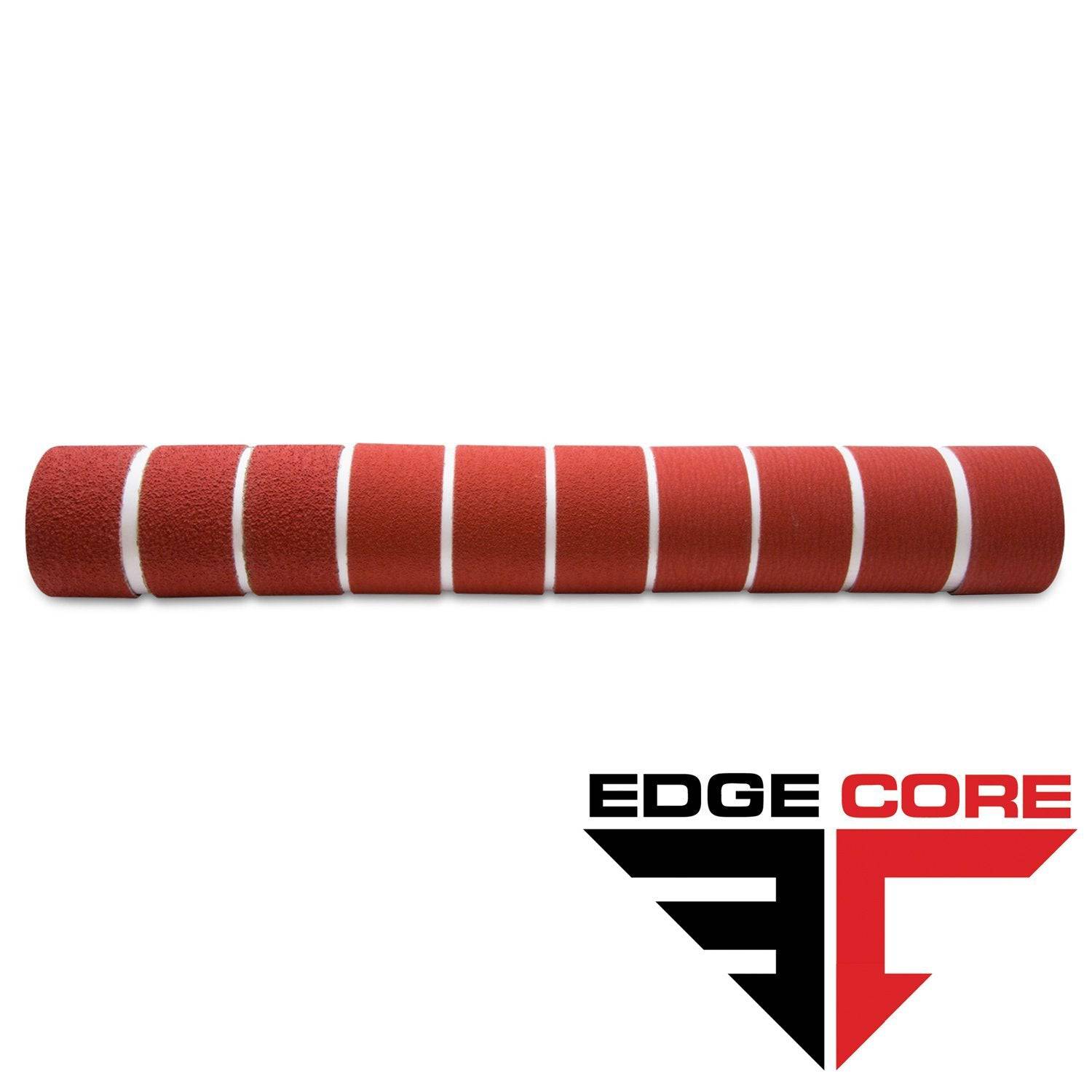
2 X 72 Inch Knife Makers Sanding Belts Assortment
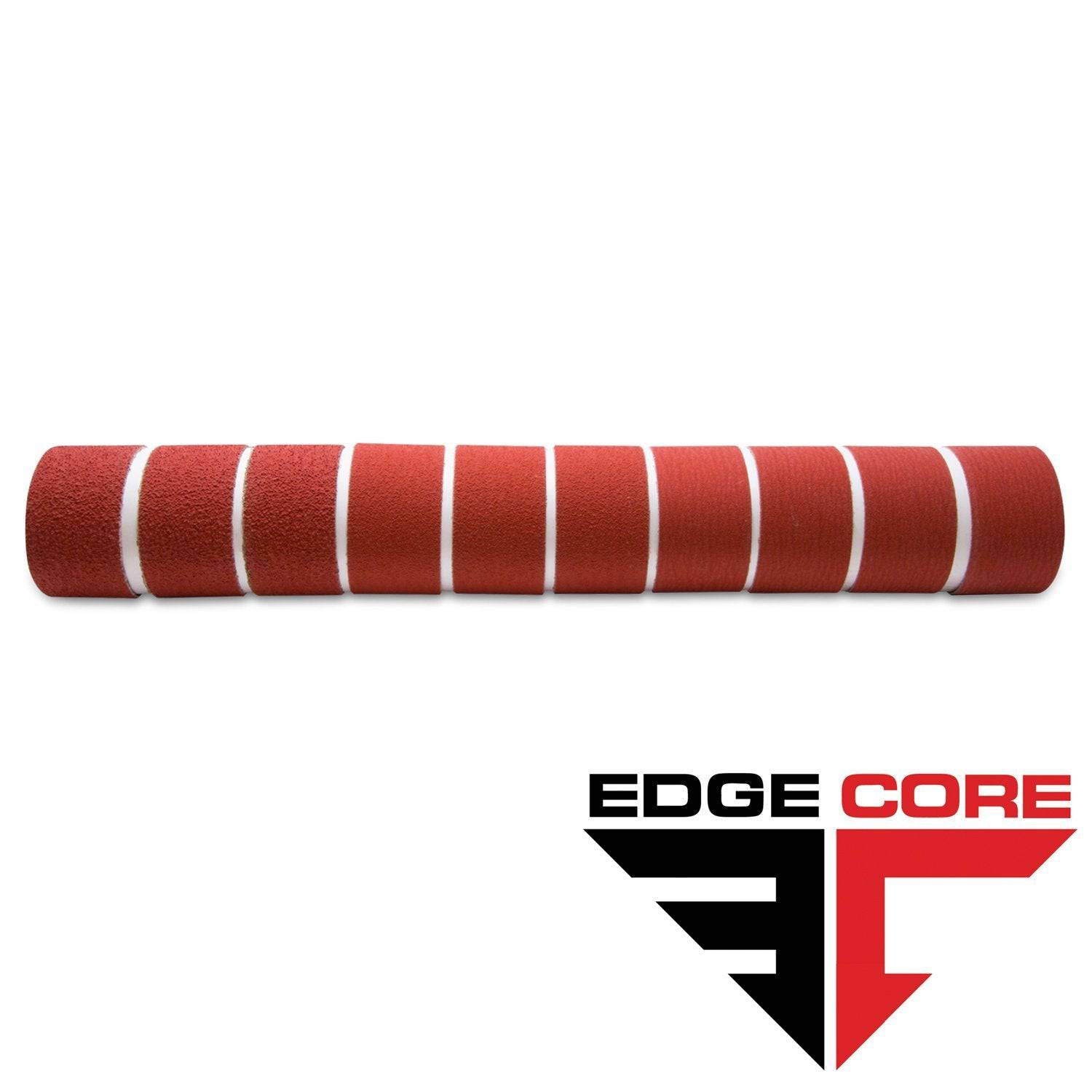
2 X 60 Inch Knife Makers Sanding Belts Assortment
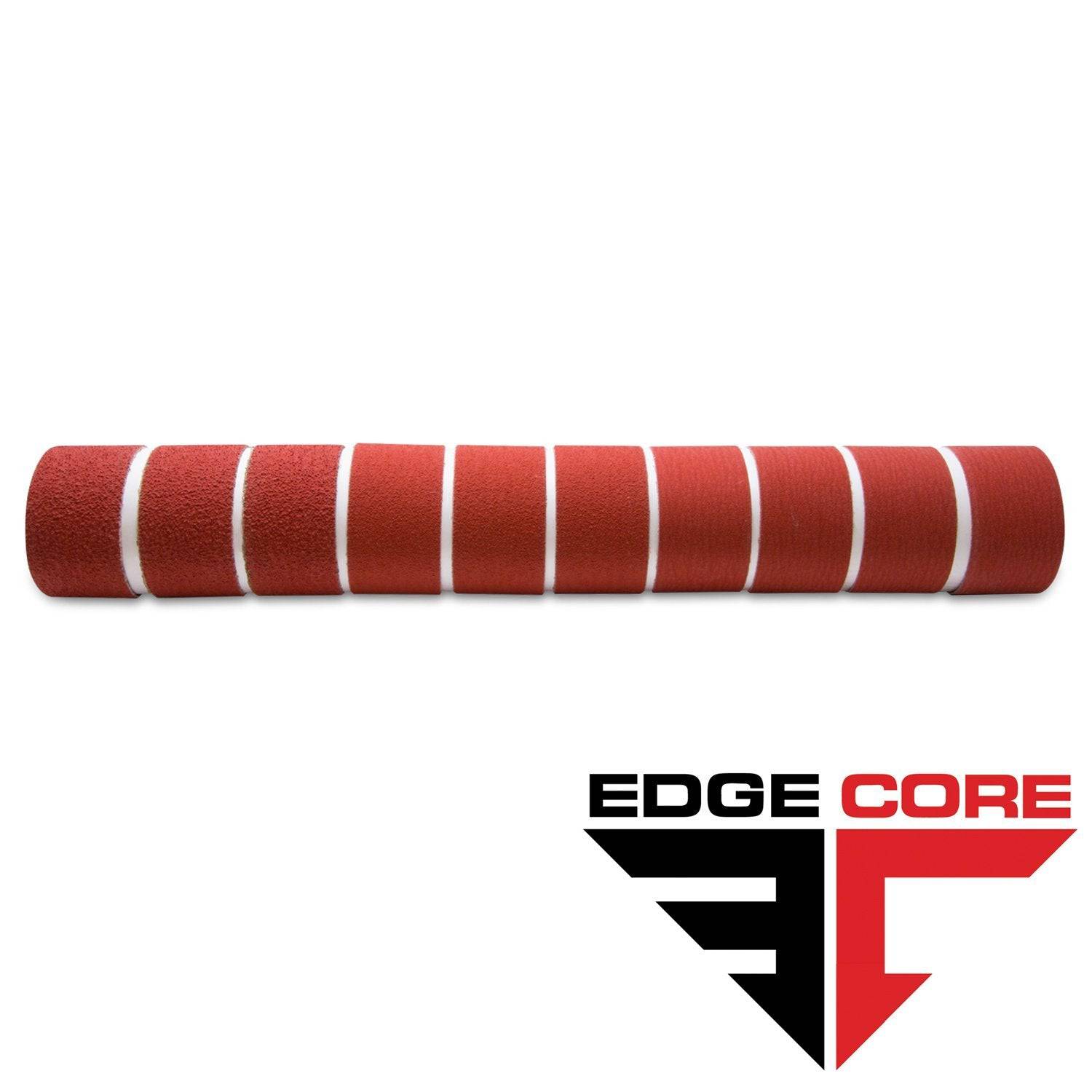
2 X 48 Inch Knife Makers Sanding Belts Assortment
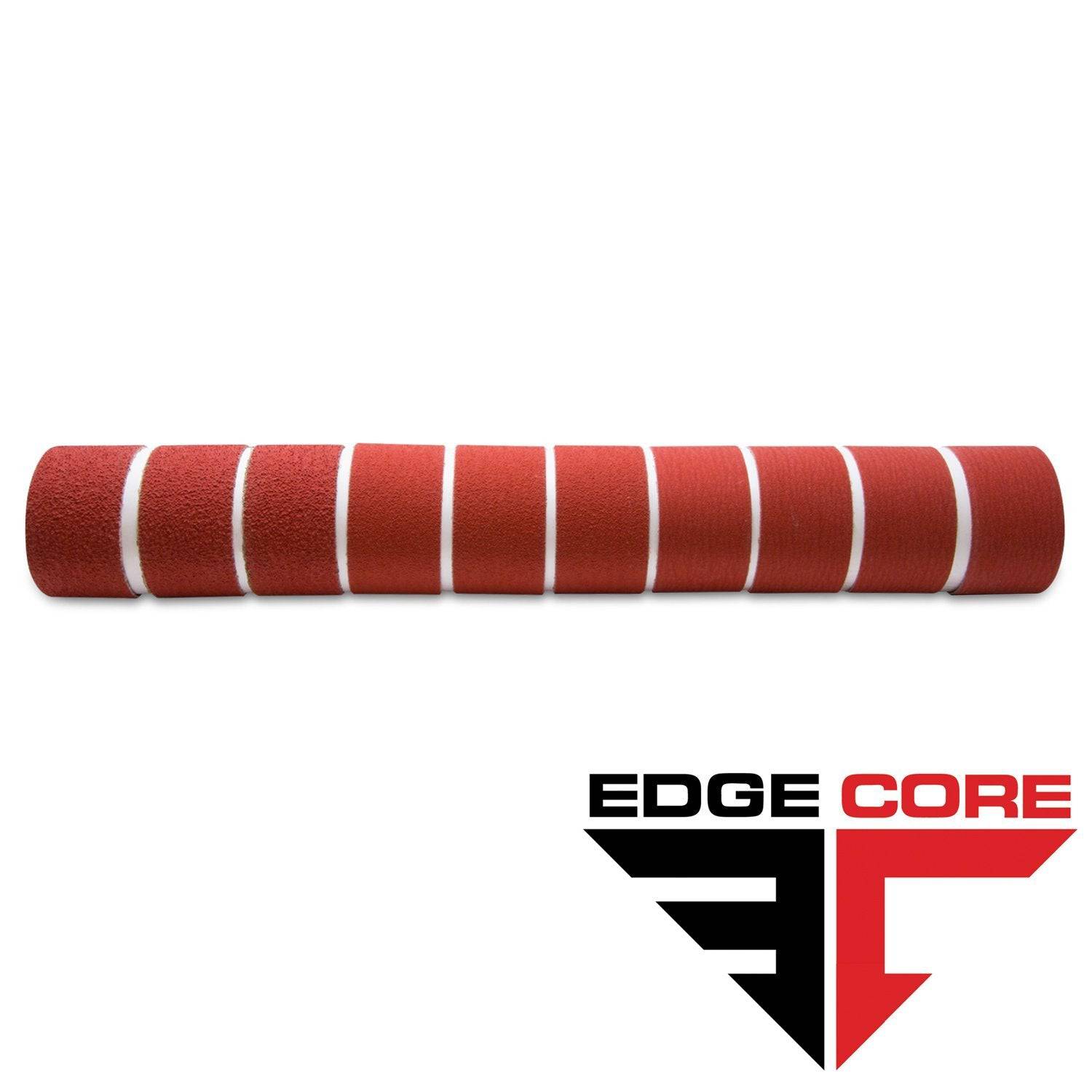
2 X 36 Inch Knife Makers Sanding Belt Assortment
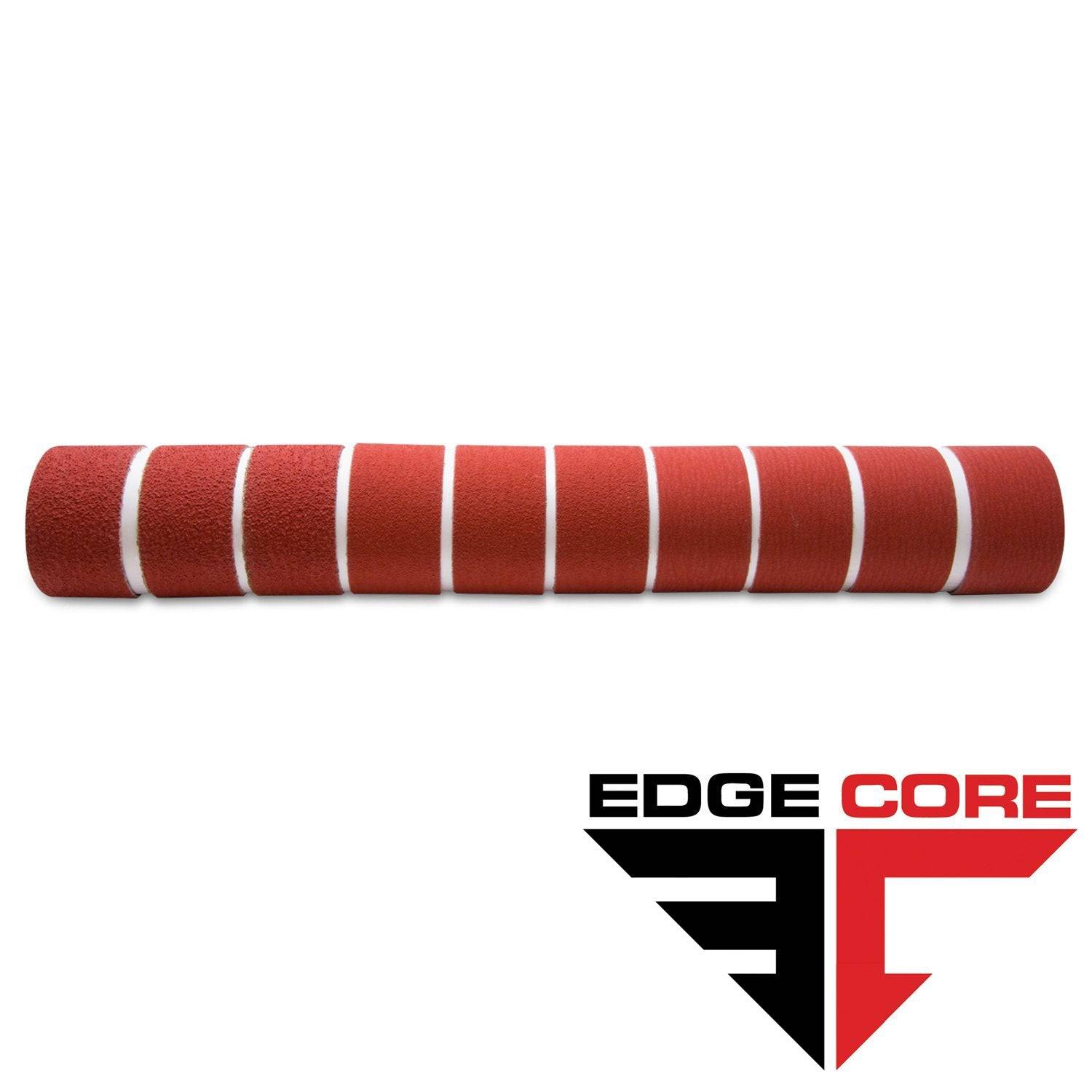
2 X 42 Inch Knife Makers Sanding Belts Assortment
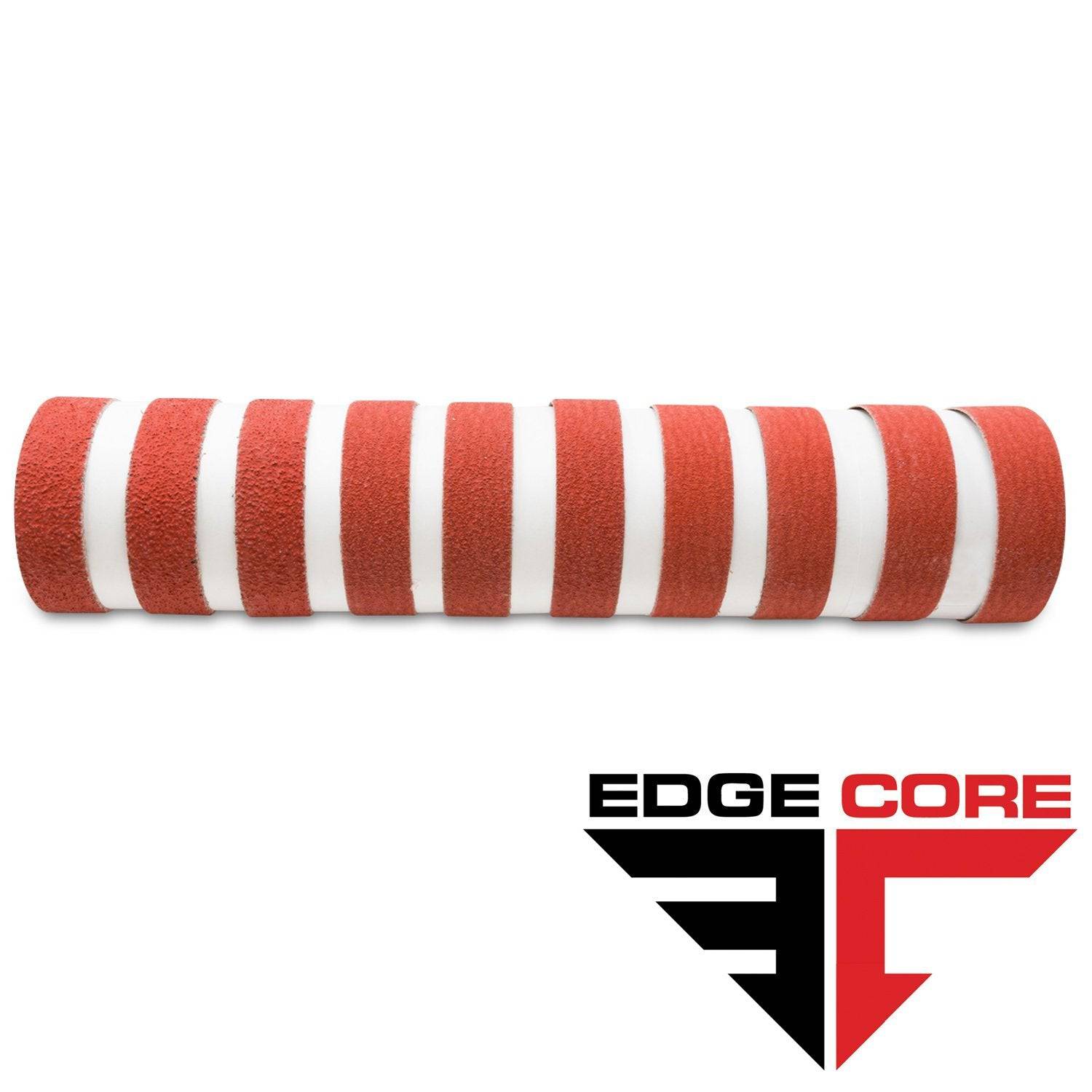
1 X 30 Inch Knife Makers Sanding Belts Assortment
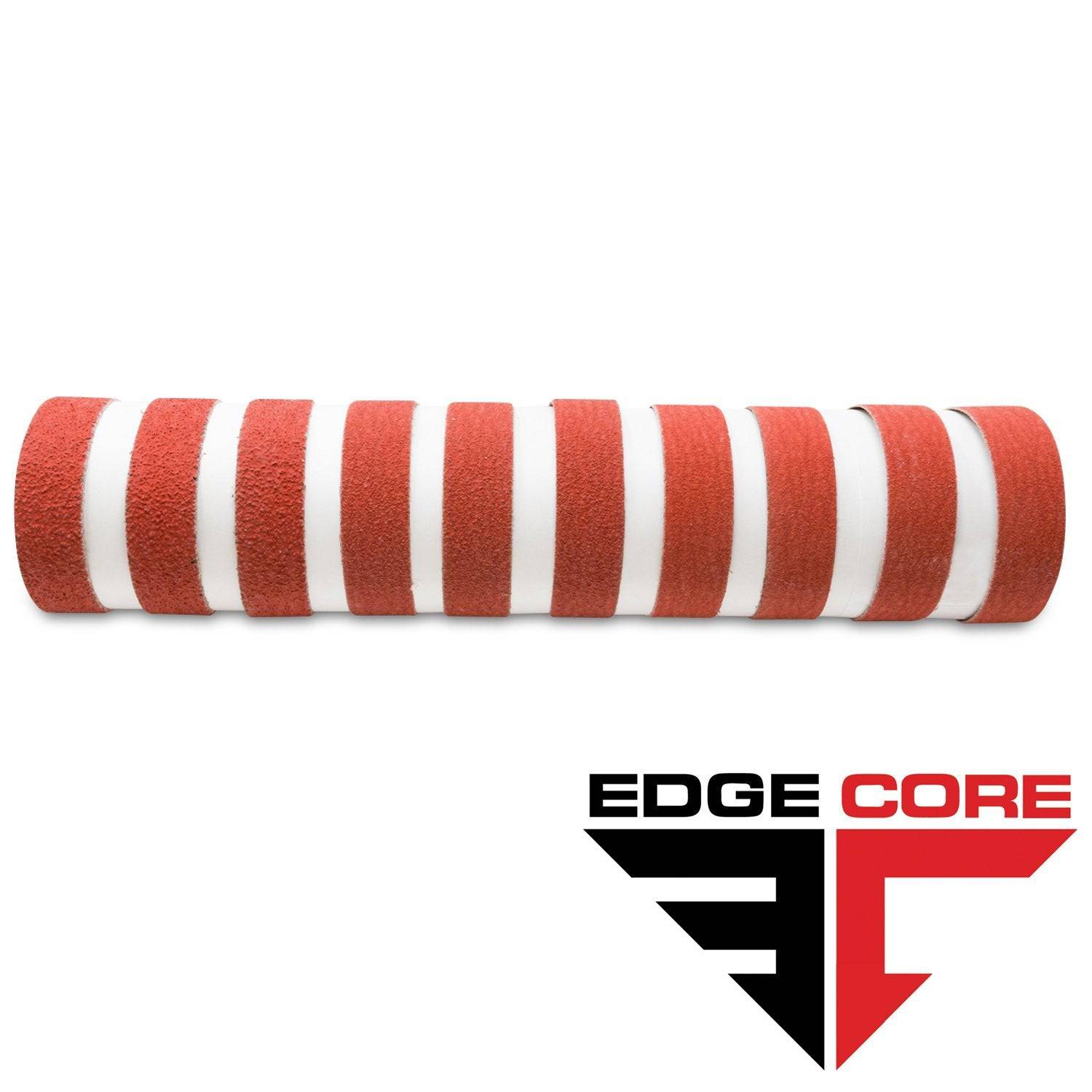
1 x 42 Inch Knife Makers Sanding Belt Assortment
Shop By Product Category





Why Choose Red Label?






